Interested in getting high without weed? Then it's time to look at other psychedelic plants and some natural activities that can make you high without weed or psychotropic drugs.
Psychedelic plants work by alteringsensory gating and opening your brain to processing more information and stimuli. When this happens, it is common to smell colors, see sounds and perceive your environment in a different dimension.
These plants and their compounds have been extensively researched and utilized for centuries. They are a major part of religious ceremonies that were believed to promote communication and connection with the divine.
This article will explore the various methods of getting high without weed, as well as the risks and benefits of doing so, and the differences between getting high from weed and other sources.
Natural Methods for Getting High Without Weed
Magic Mushrooms
Magic mushrooms, psilocybin mushrooms, psychedelic mushrooms or just shrooms contain varying concentrations of psychedelic alkaloids like psilocybin and psilocin. These compounds mostly interact with the serotonergic or serotonin system and are responsible for the eponymous mushroom trips.
Psilocybin hits quite different from a cannabis high. People who experience a psilocybin high have reported severe hallucinations (at high doses), reduced negative moods, increased positive moods, reduced amygdala response to negative stimuli, or feeling of oceanic boundlessness or an interconnectedness to the universe.
Unlike a cannabis high, which can be a head high or body high, a psilocybin high is usually a heady feeling that comes with higher doses of mushroom strains.
Psilocybin mushrooms can be eaten raw, brewed into tea, or processed in many other ways such as chocolate edibles, tinctures or gel capsules and can produce a psychedelic high that lasts from 6 hours to a few days.
Smoking psilocybin mushrooms is never a good idea. Besides, you are most likely not to get high from the exercise since the psilocin, the active component, is a product of enzymatic degradation of psilocybin which usually happens in the stomach.
Kratom
Kratom, also known as Mitragyna speciosa, is a plant that is native to Southeast Asia and is commonly consumed for its stimulant and opioid-like effects.
Like every other psychedelic plant or product, kratom consumption at low doses can lead to stimulant-like effects, while high doses can produce sedative effects. They can also produce some psychotropic effects similar to THC and magic mushrooms.
A Kratom high is caused by two major psychoactive compounds: mitragynine and 7-hydroxymitragynine. Like cannabis, kratom leaves are crushed, smoked, brewed with tea, or placed in gel capsules.
Although kratom is often used as a recreational drug and perceived as a “legal high,” it was scheduled under the Controlled Substance Act as a Schedule 1 narcotic by the DEA in2016.
Research shows that kratom has been used for several ailments, including mitigating opioid withdrawal and addiction, pain relief, staving off fatigue, and many more. It was made legal for medicinal use in Thailand in2021.
Kratom produces its high by binding to the mu-opioid receptors. These are the binding sites for several substances, including morphine and other opioids. Mu-opioid receptors perform similar functions to cannabinoid receptors. They are responsible for neuromodulation. They can modulate stress, temperature, respiration, endocrine activity, gastrointestinal activity, memory, mood, and motivation. A kratom high is most similar to a cannabis head high.
Ayahuasca
Ayahuasca is a psychedelic tea made from the stem and bark of the Liana plant whose roots go back hundreds of years to ceremonial use by Indigenous groups in the Amazon rainforest.
These Ayahuasca vines are rich in DMT (dimethyltryptamine) and MAOIs (monoamine oxidase inhibitors). DMT is known for its highly psychoactive and therapeutic effects.
Ayahuasca is made by soaking or boiling the stems, with the leaves of other plants such as the chacruna plant, among others.
While mostresearch has focused on intravenously administered DMT, there is information on oral ingestion. The intravenously administered DMT has a fast onset that peaks for 2-3 minutes, after which the effects subsidies. The effect can last for 30 minutes. DMT high is similar to a psilocybin high.
Salvia divinorum
Derived from the mint family of plants, Salvia is a natural herb commonly utilized for its psychedelic effects. It is typically ingested by chewing its leaves or as a tincture, tea, or smoked.
The effects are short lived and can last anywhere from a few minutes to several hours depending on how much is consumed.
Cactus plants
Cactus plants like Peyote and San Pedor contain mescaline, a psychoactive compound that can cause hallucinations, altered perception of time and space, and spiritual experiences. They are mostly used in traditional indigenous ceremonies in South America.
The crown of the peyote cactus consists of a disc-shaped button that is cut and dried. The dried buttons are chewed or soaked in water to produce an intoxicating liquid.
The buttons may also be ground into a powder and placed inside gelatin capsules to be swallowed. It can also be smoked with a leaf material like cannabis or tobacco.
Peyote cactus plants produce a similar high to psilocybin mushrooms, allowing the user to become one with the universe and their environment.
Information from theDEA shows that Mescaline from peyote is also Schedule 1 narcotic and is illegal in the United States.
Khat
Khat is a plant native to East Africa and the Arabian Peninsula. Its leaves and stems are often chewed and contain stimulants similar to amphetamines. The khat plant contains cathinone, a psychoactive compound that produces feelings of euphoria, relaxation, and sedation.
Poppy
Opium is derived when the unripe seed capsules of the opium poppy plant are cut and a milky liquid is discharged. This is the source of raw opium and is processed into morphine, codeine and heroin. Opium is often used to suppress pain, but also produces feelings of euphoria and relaxation and has been reported to alleviate anxiety. Unfortunately, opium is extremely addictive and should be avoided.
Can you get high without drugs?
Although it is uncommon, you can get “high” without cannabis, psychedelic drugs or a drop of alcohol.
There are a number of activities that will make you feel good, happy and fulfilled. Some of these activities include:
Dancing
Vibing to good music is like an elixir for the soul and can at times be transcendental on its own. Letting the music carry you away and dancing like no one is watching can allow you to hit the sweet spot where you forget your troubles and nothing else matters.
Exercise
Exercise promotes the release of dopamine in the brain. Although this may not be similar to a drug-induced dopamine release, people who run, engage in yoga or other forms of exercise have reported experiencing a “high” that can linger throughout the day. The experience is usually attributed to a burst of endorphins released during exercise.
The euphoric feeling you get during or after exercise is also likely due to endocannabinoids — biochemical substances similar to cannabis that are naturally produced by the body.
Exercise increases the levels of endocannabinoids in the bloodstream where these mood-improving neuromodulators promote short-term psychoactive effects such as reduced anxiety and feelings of calm.
Laughter
Laughter is a natural source of dopamine, which is known to create a sense of euphoria. Additional benefits of laughter include improved immune functioning, stress relief, increased tolerance for pain, improved cardiovascular health, reduced anxiety, and improved mood.
When they said “Laughter is the best medicine,” they weren’t kidding.
Practice Safety First When Getting High Without Weed
If you decide to get high without weed, it’s important to put safety first. Here are some recommended safety practices:
- Only use substances that you know are safe and of good quality.
- Start with a low dose and work your way up to a higher dose (microdosing).
- Don’t use any substance if you’re pregnant, breastfeeding or have an underlying health condition.
- Don’t combine substances, as this can increase the risk of adverse effects.
- Don’t drive or operate machinery while under the influence.
- Don’t use any substance if you have a mental health condition.
- Use substances in a safe, comfortable environment.
- Have a sober person nearby in case of an emergency.
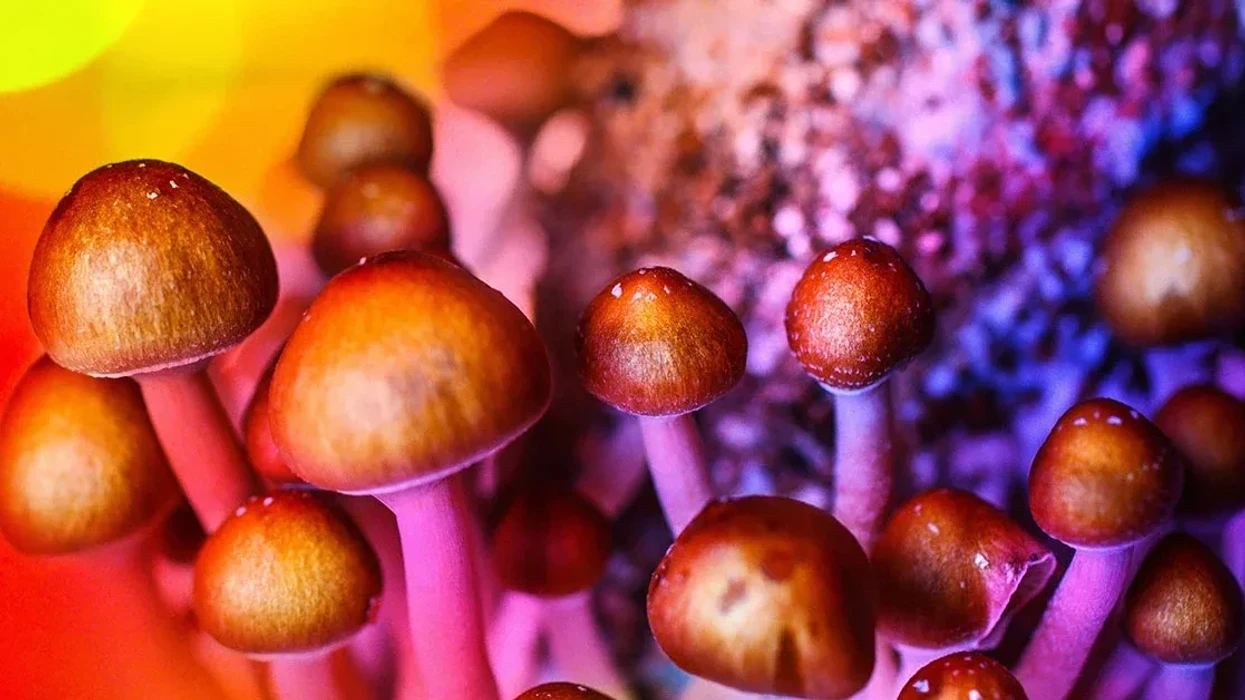

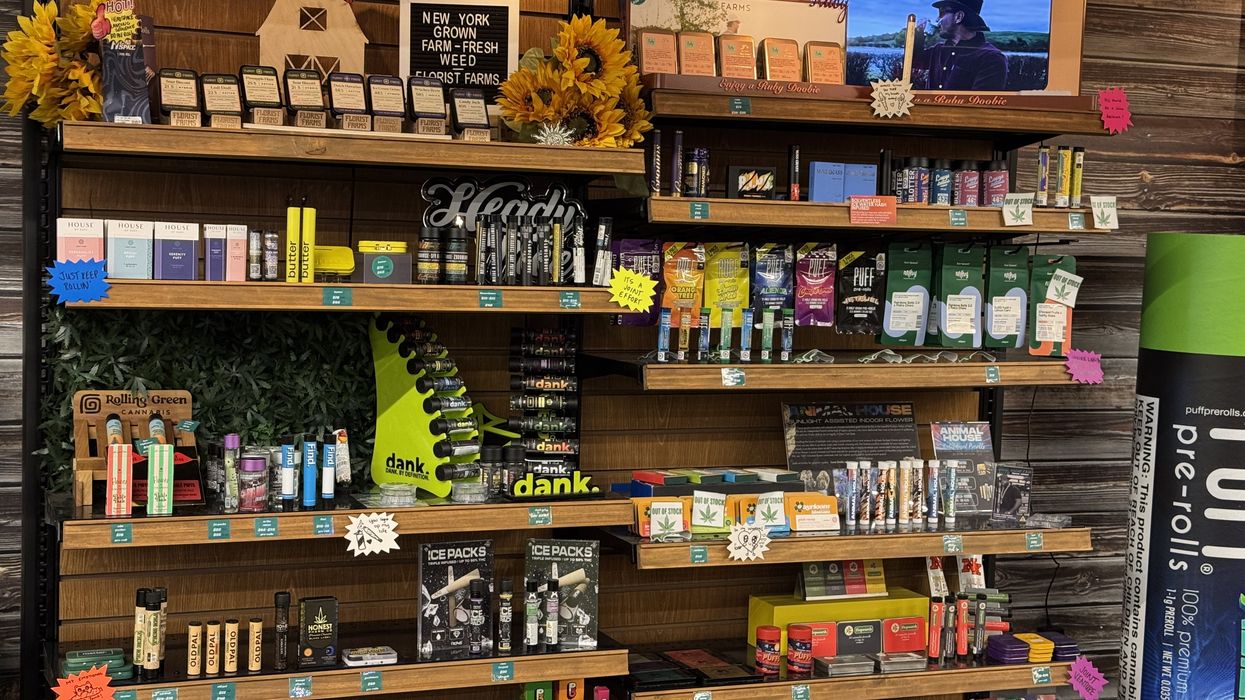
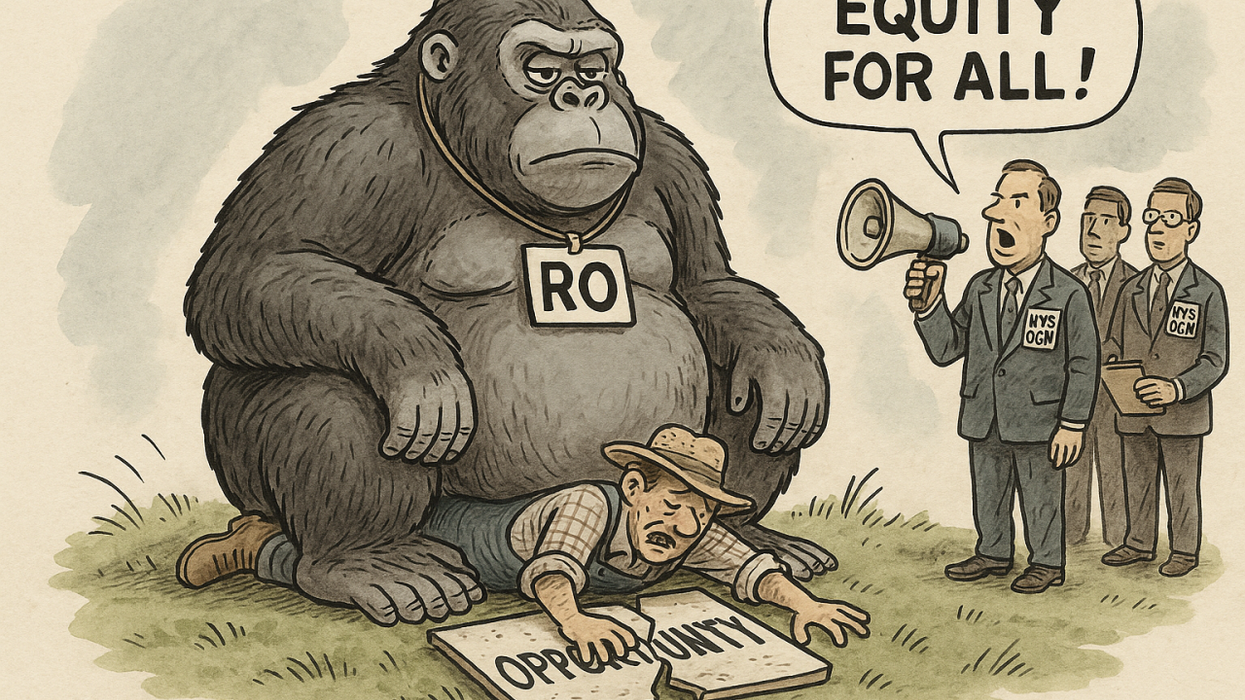

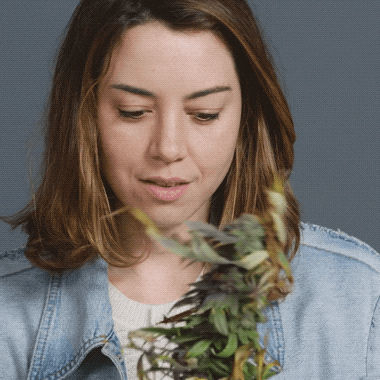
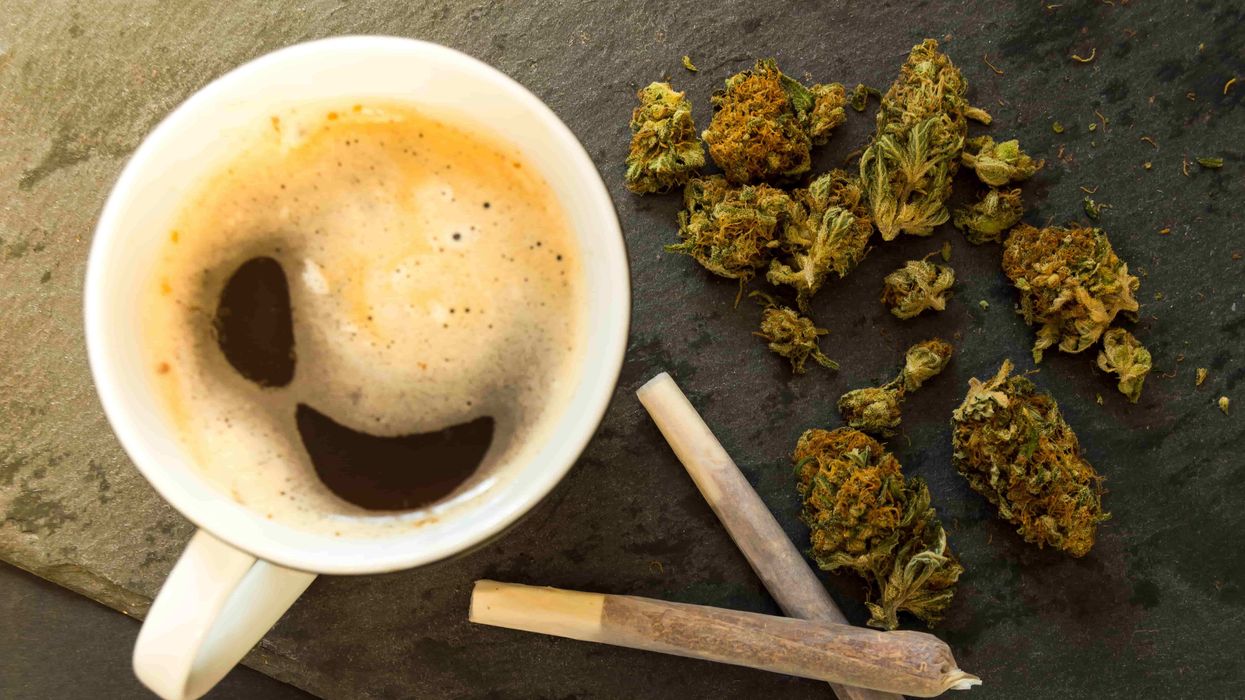
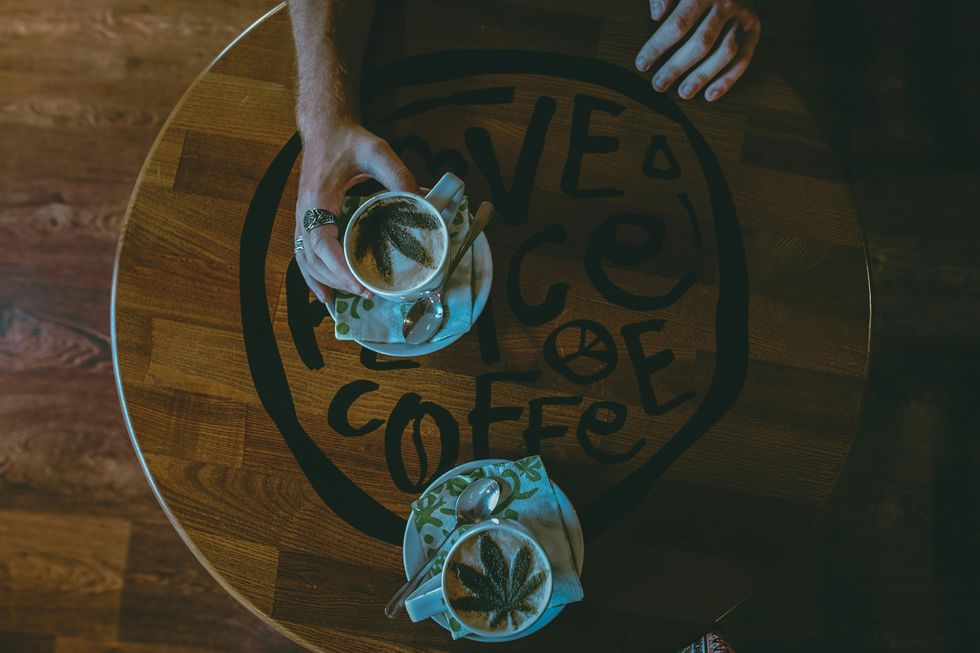 Coffee & Weed: A Modern Spin on the Hippie Speedball - The Bluntness
Photo by
Coffee & Weed: A Modern Spin on the Hippie Speedball - The Bluntness
Photo by 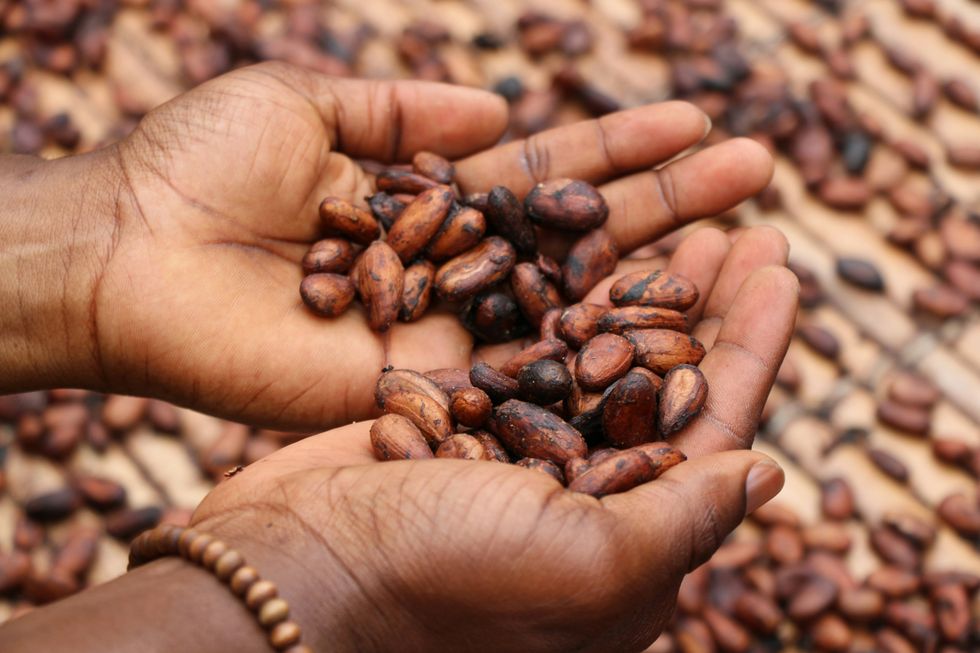 Coffee & Weed: A Modern Spin on the Hippie Speedball - The Bluntness
Photo by
Coffee & Weed: A Modern Spin on the Hippie Speedball - The Bluntness
Photo by 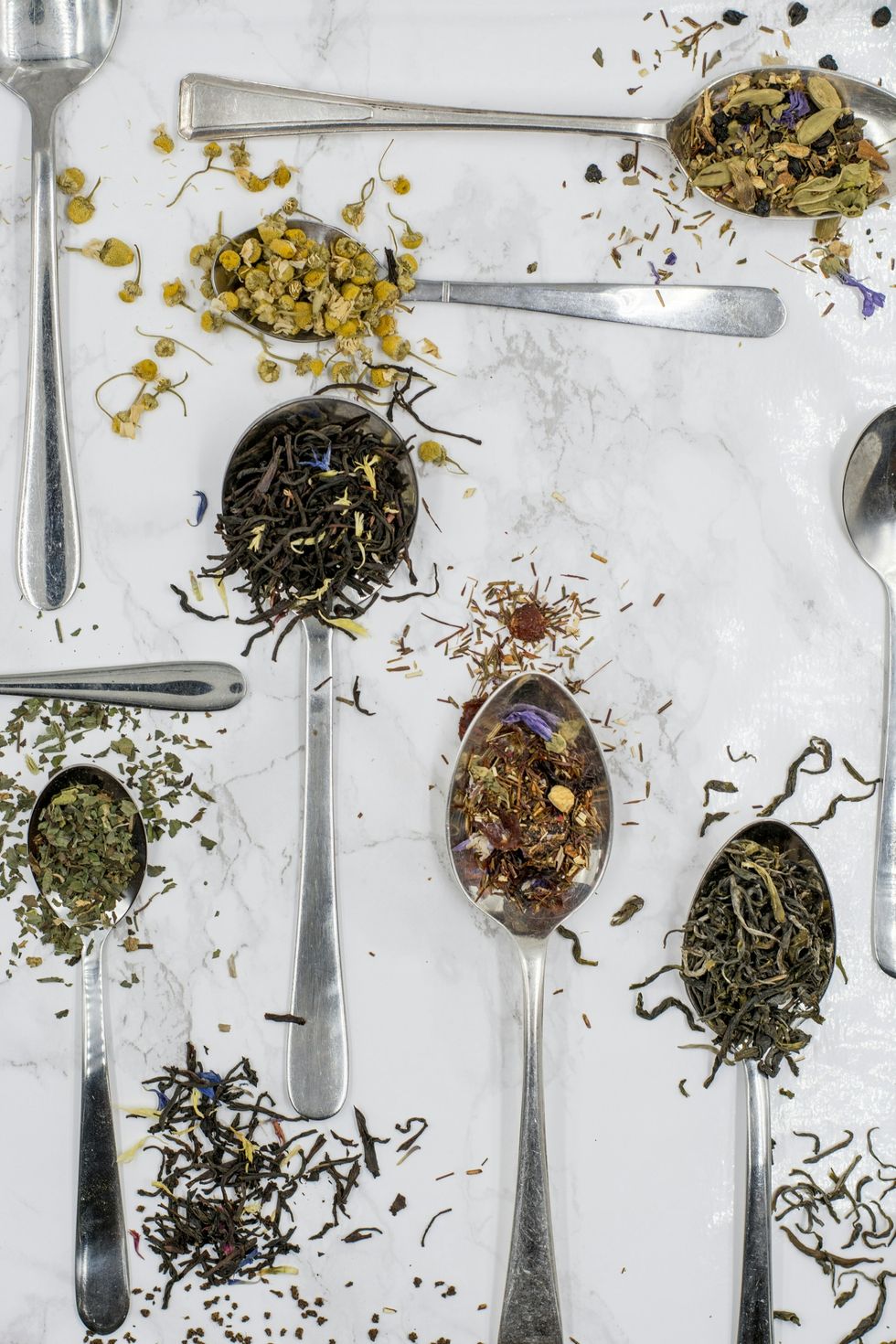 Coffee & Weed: A Modern Spin on the Hippie Speedball - The Bluntness
Photo by
Coffee & Weed: A Modern Spin on the Hippie Speedball - The Bluntness
Photo by 
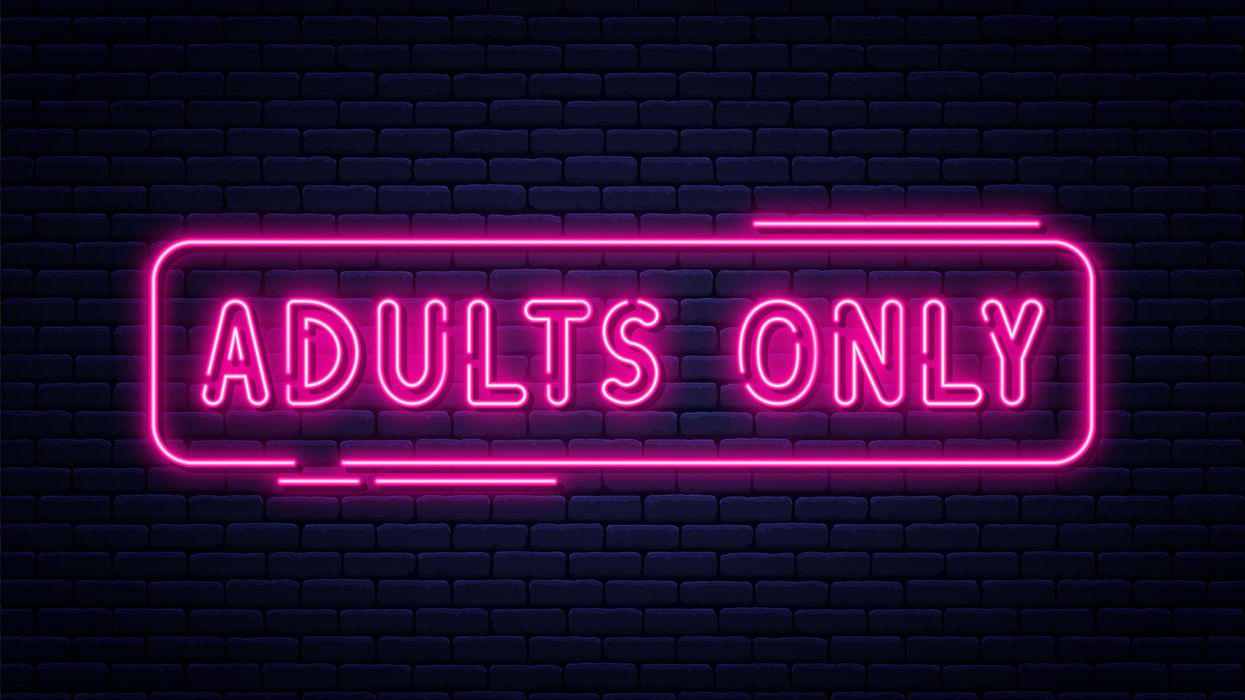
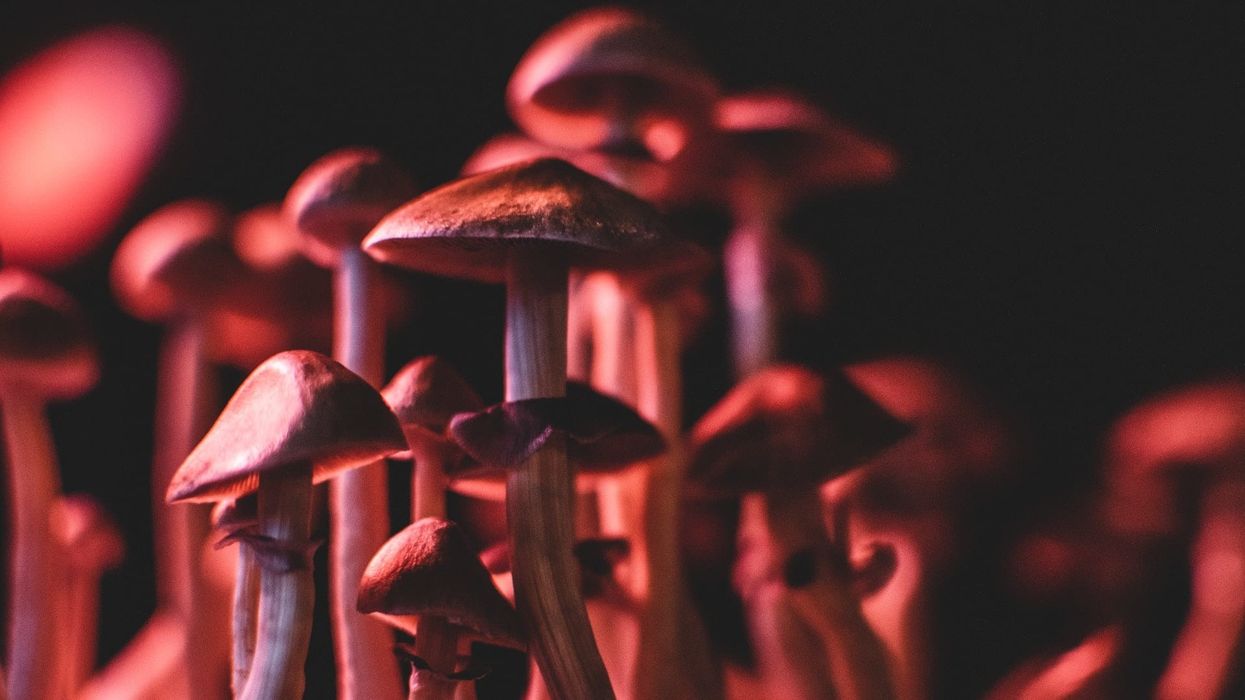
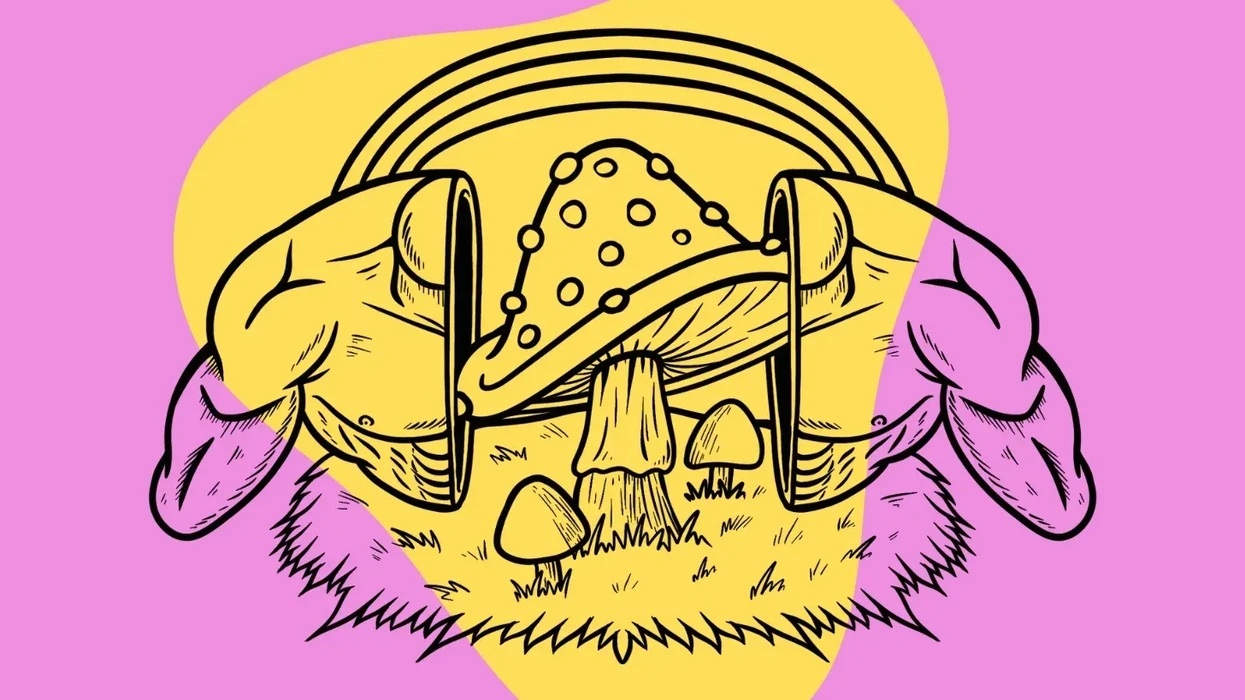
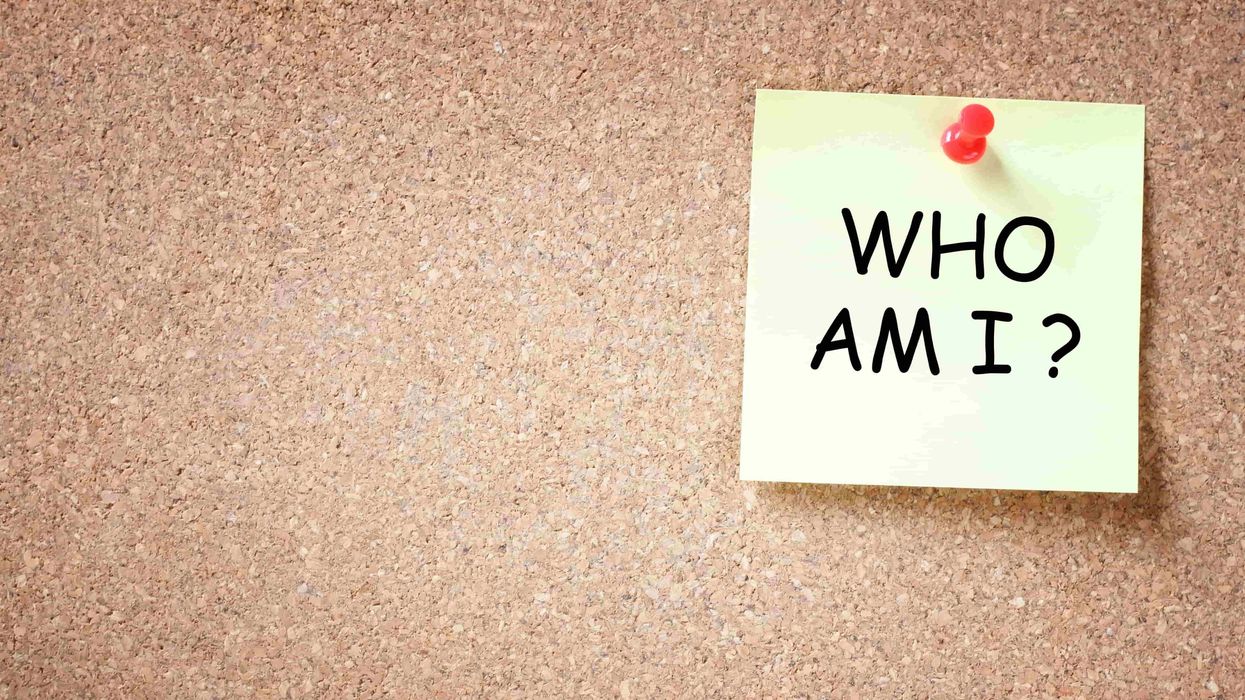
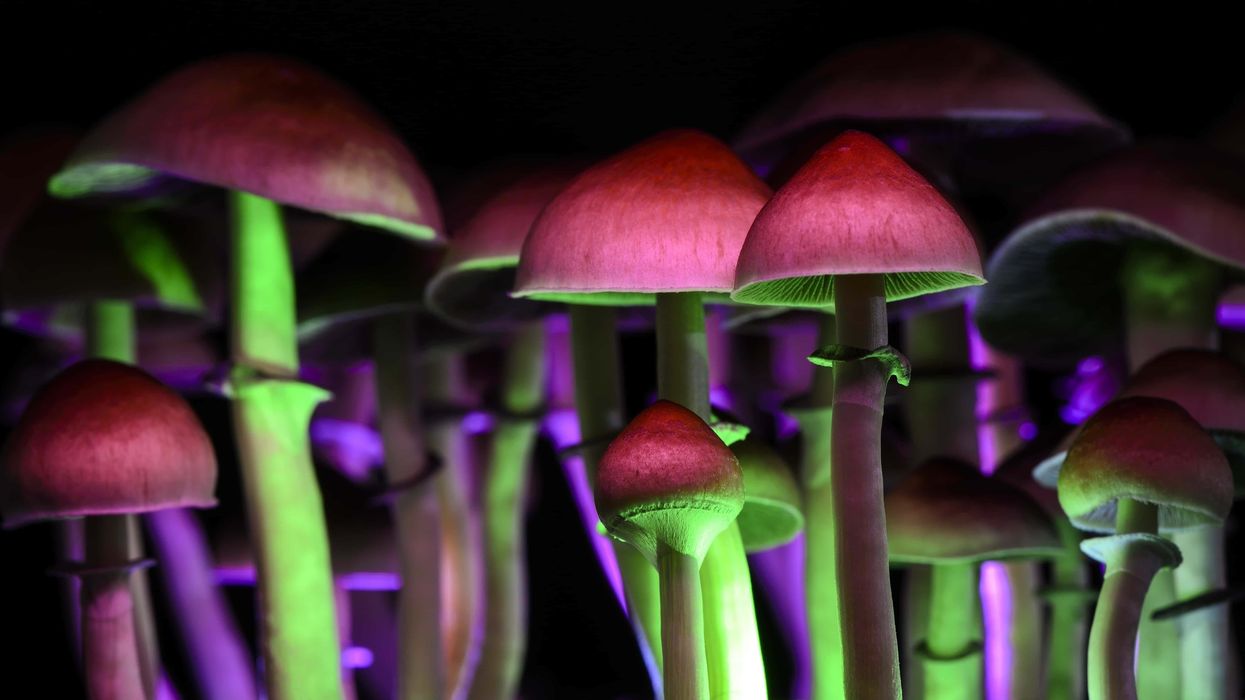
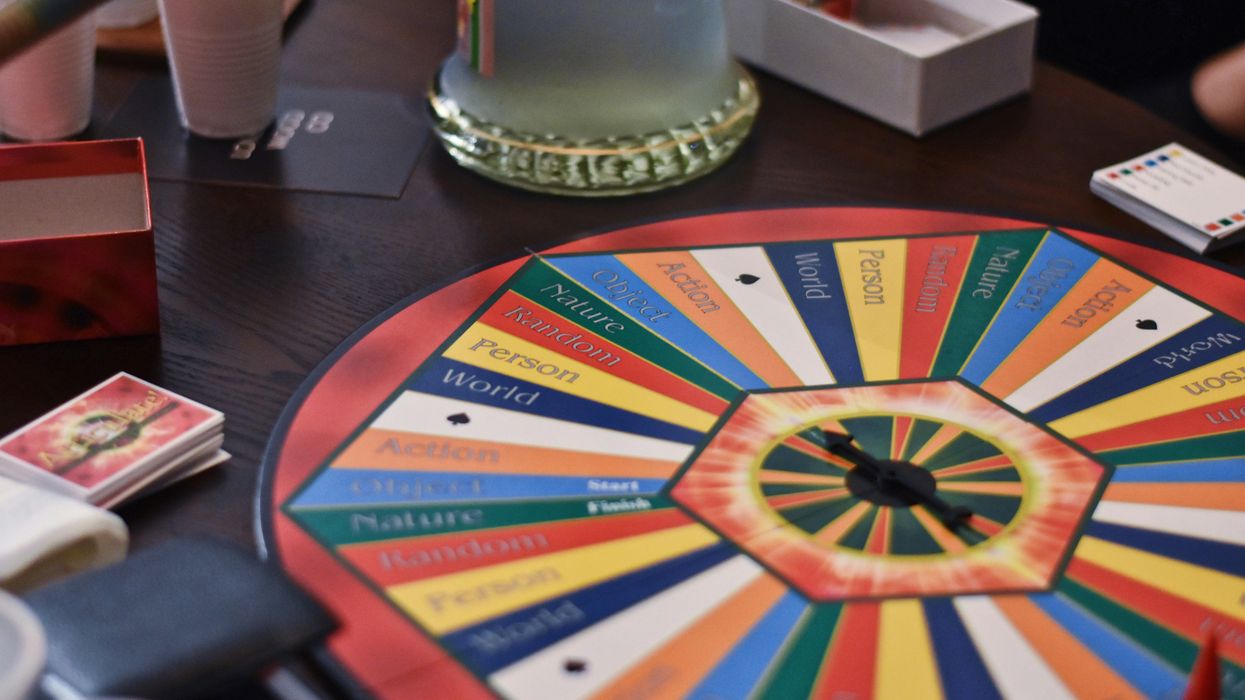
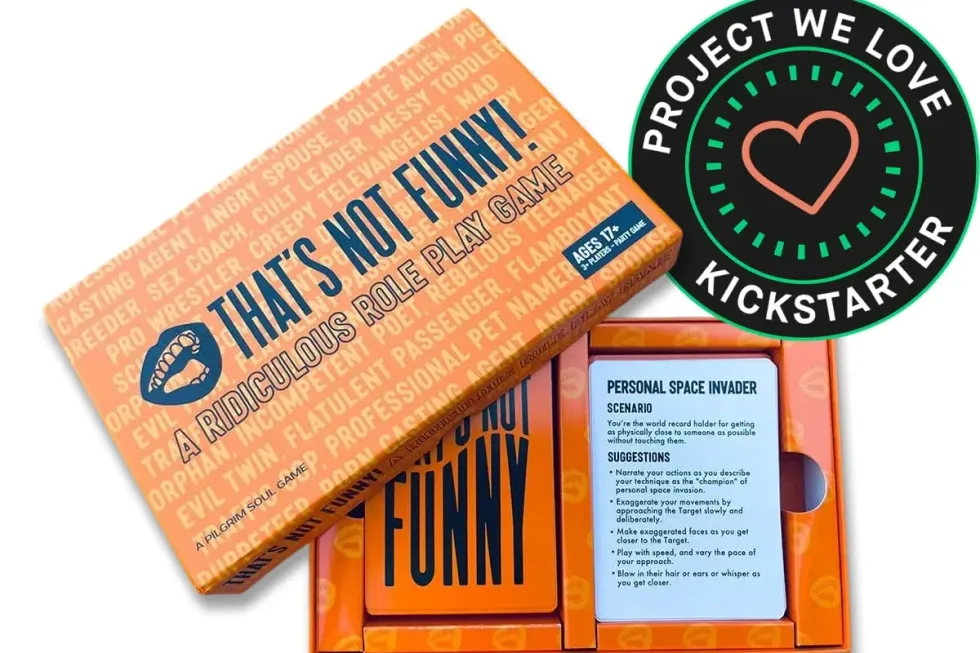
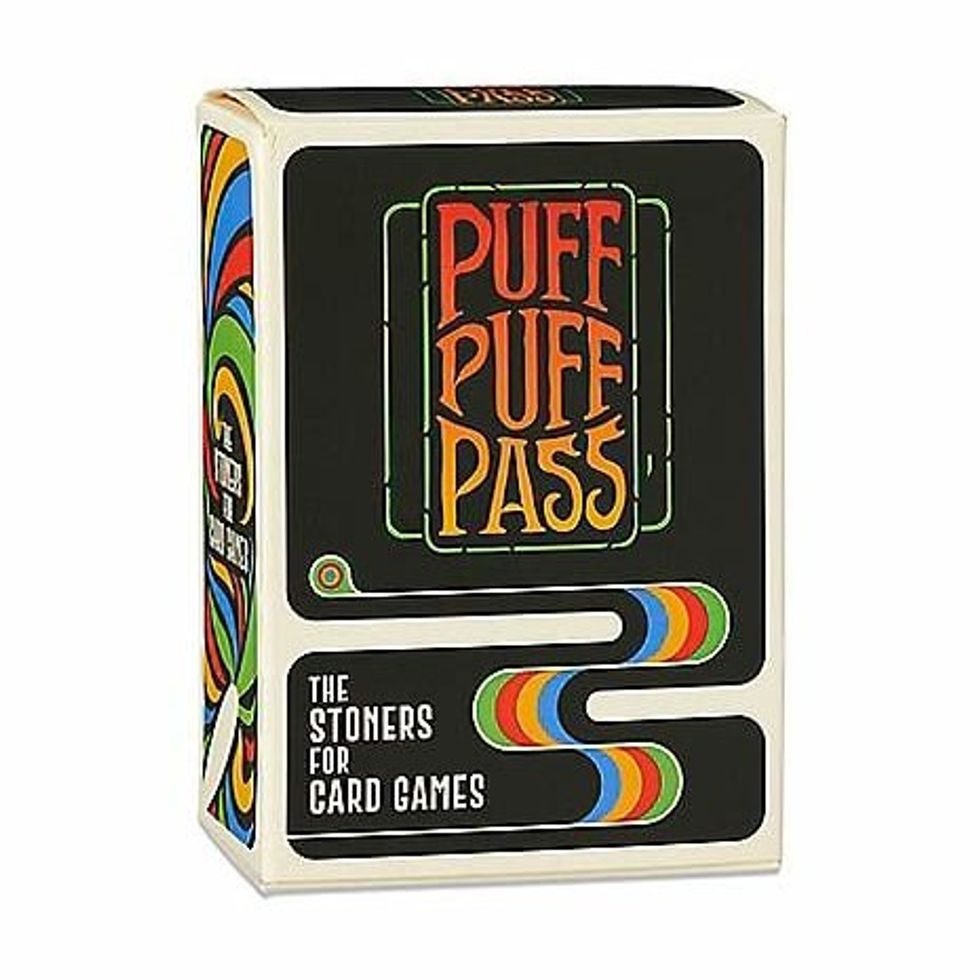
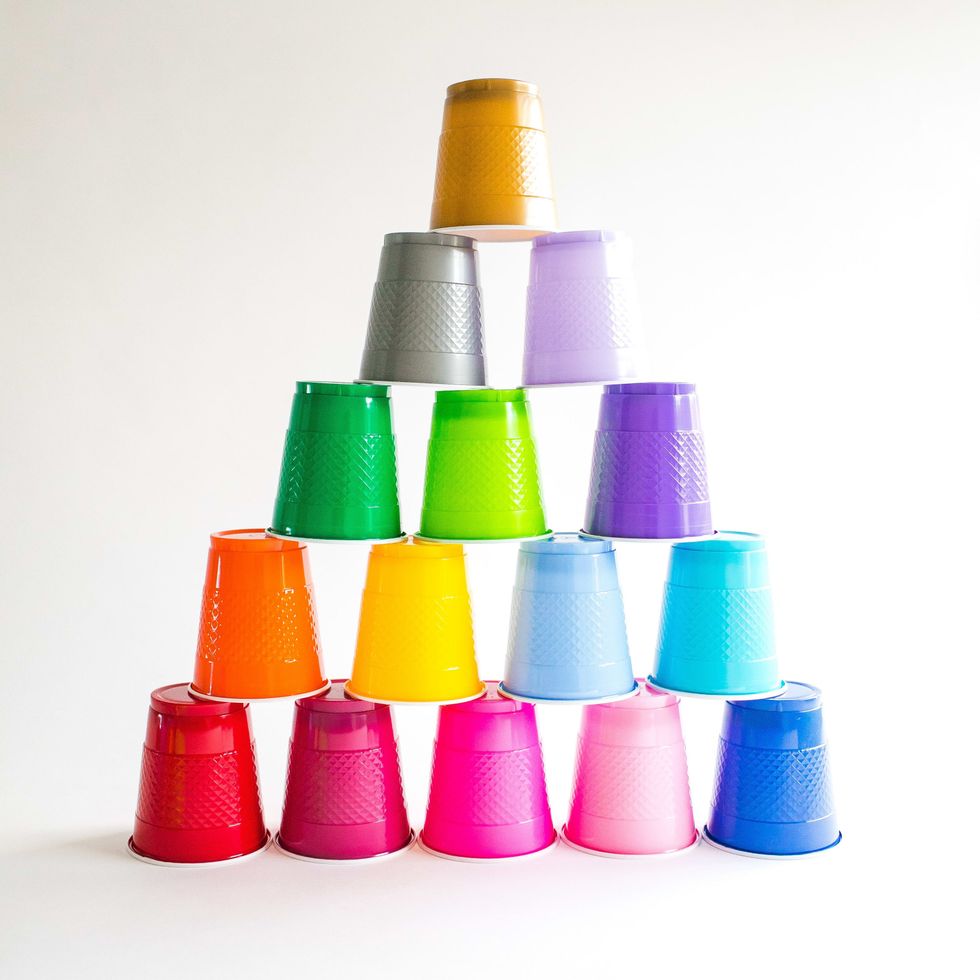
 Best Weed Smoking Games to Try - Jammin'
Best Weed Smoking Games to Try - Jammin'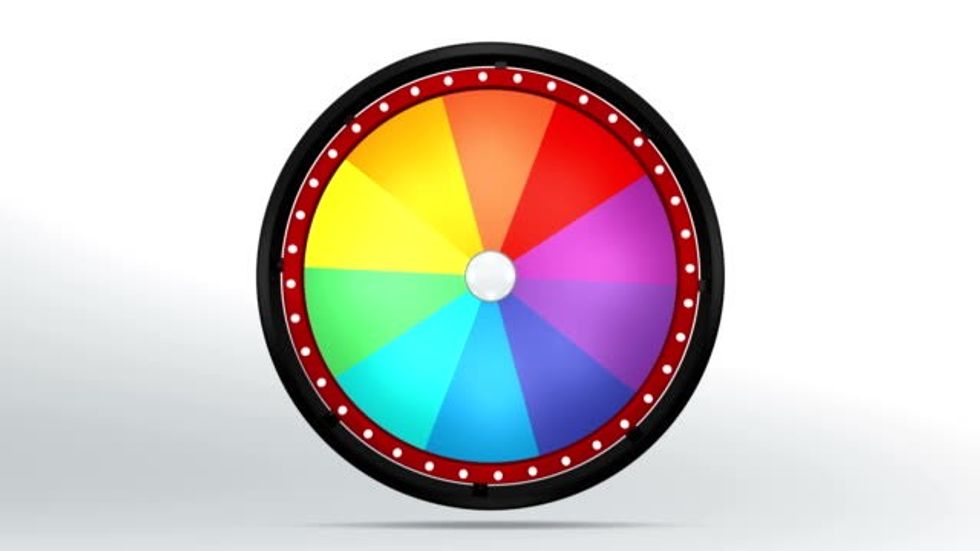 The 31 Best Weed Smoking Games To Try
The 31 Best Weed Smoking Games To Try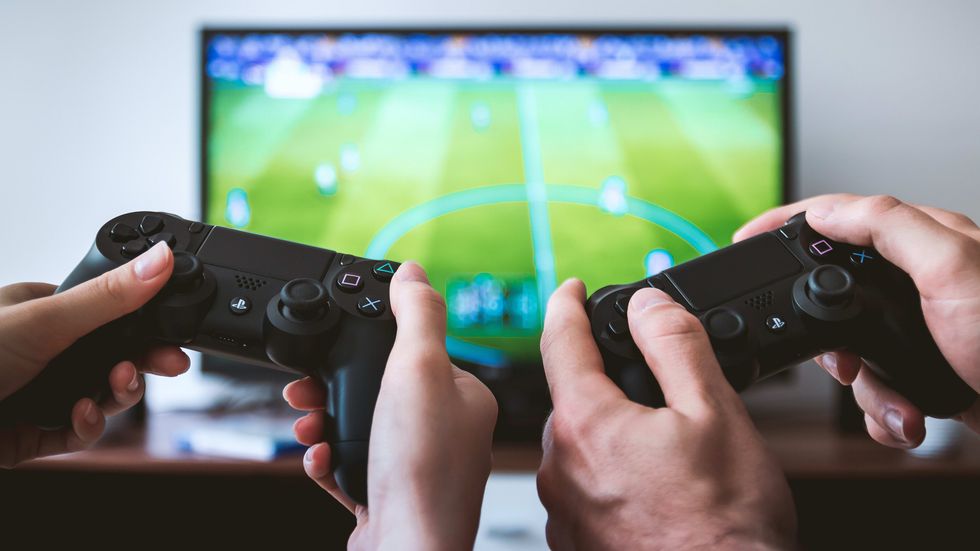 The Best Weed Smoking Games
The Best Weed Smoking Games The Best Weed Smoking Games to Try
The Best Weed Smoking Games to Try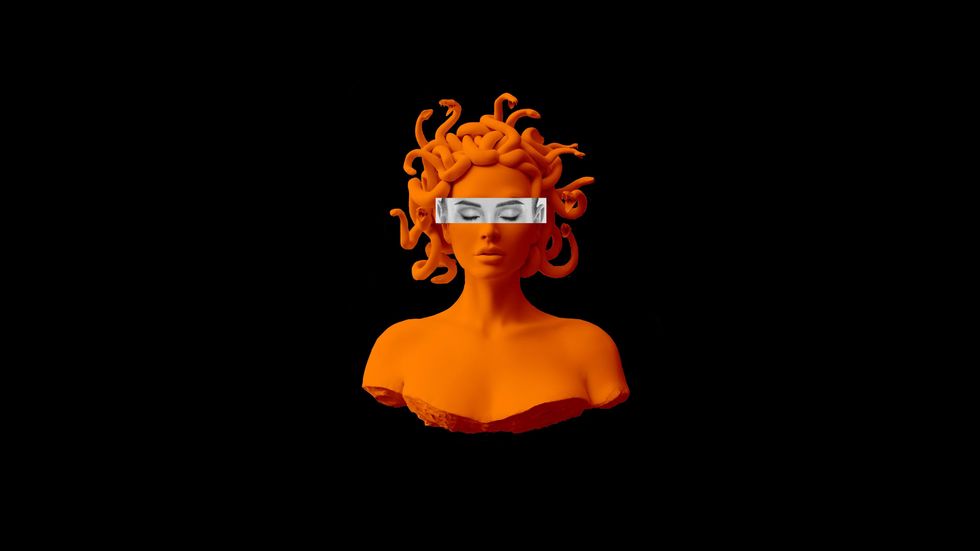
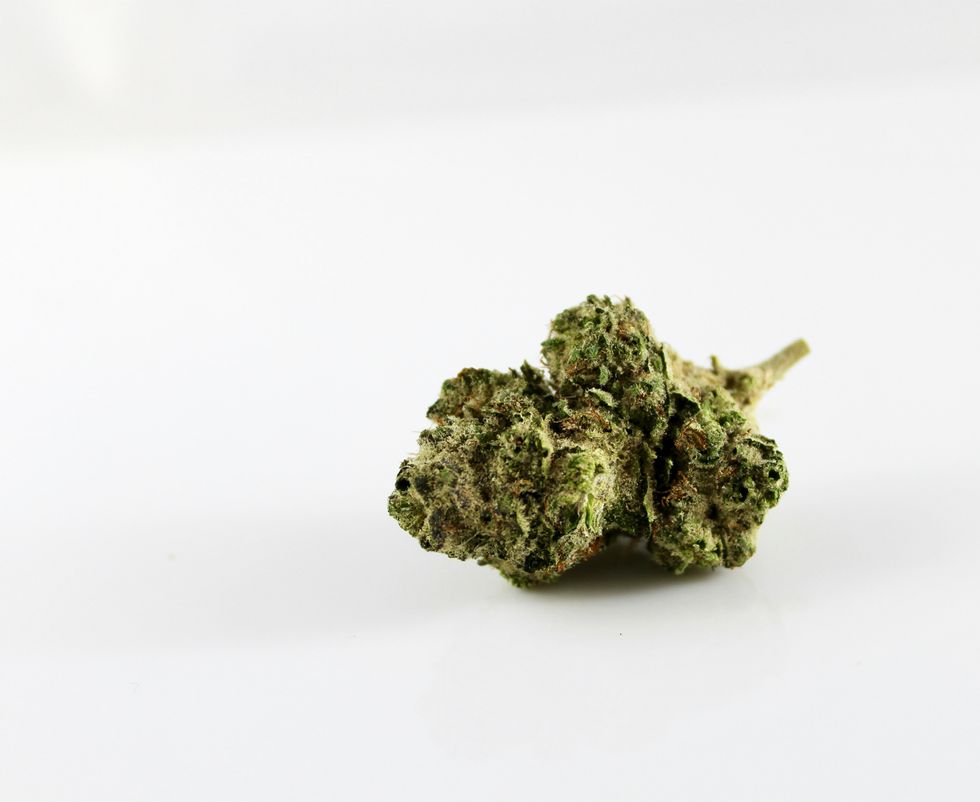
 Stoner Games - Games to Play While High
Stoner Games - Games to Play While High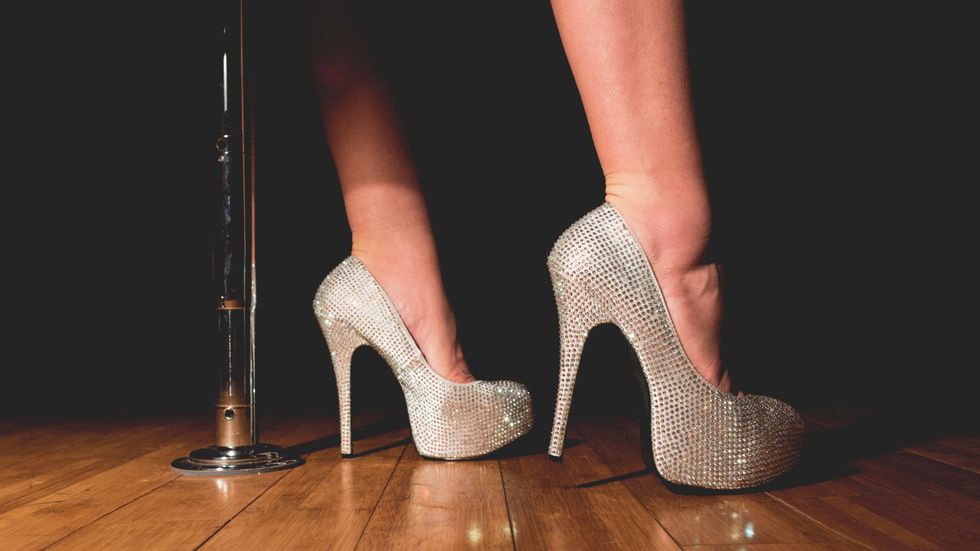 The Best Weed Smoking Games to Play
The Best Weed Smoking Games to Play The Best Weed Smoking Games to Try
The Best Weed Smoking Games to Try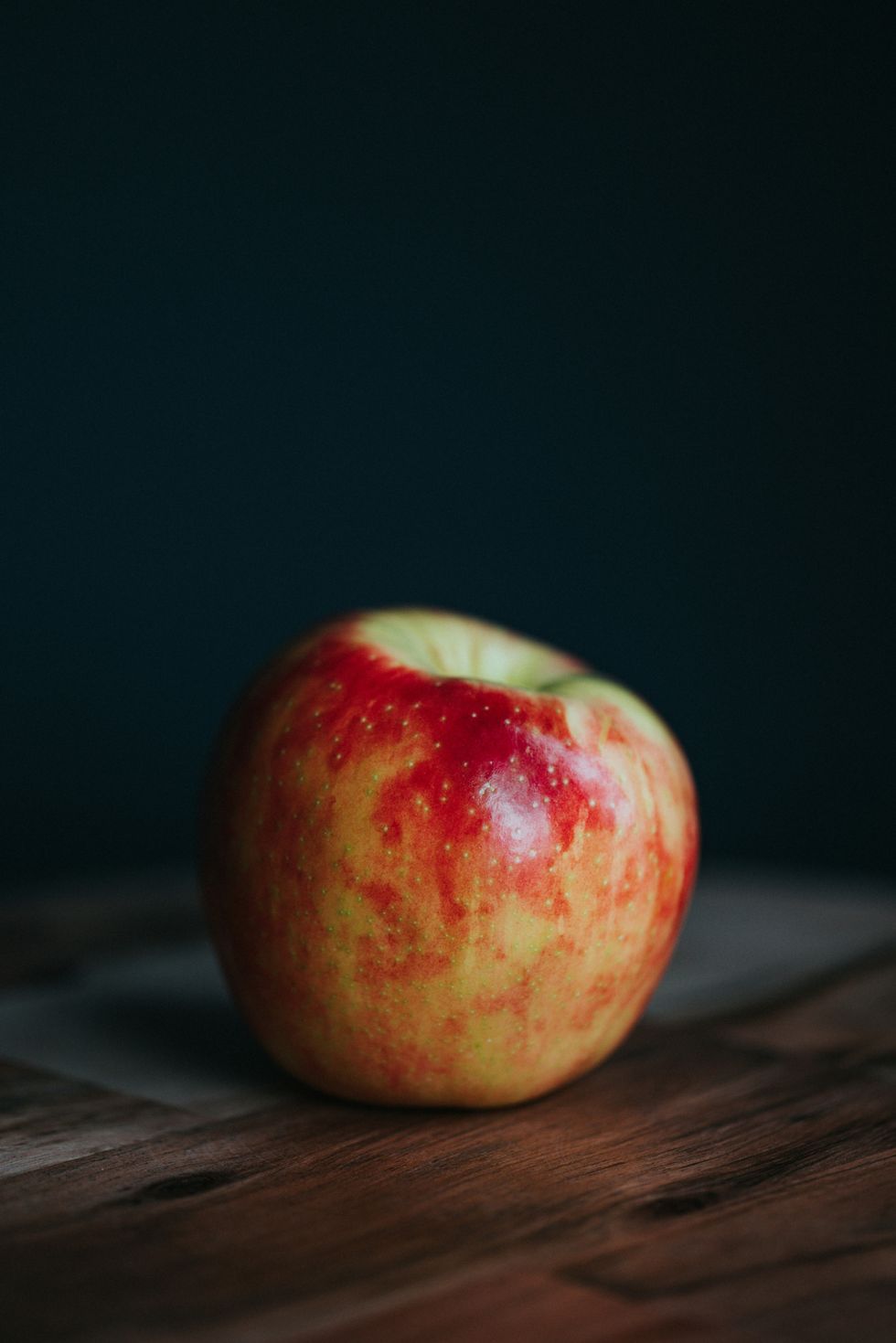
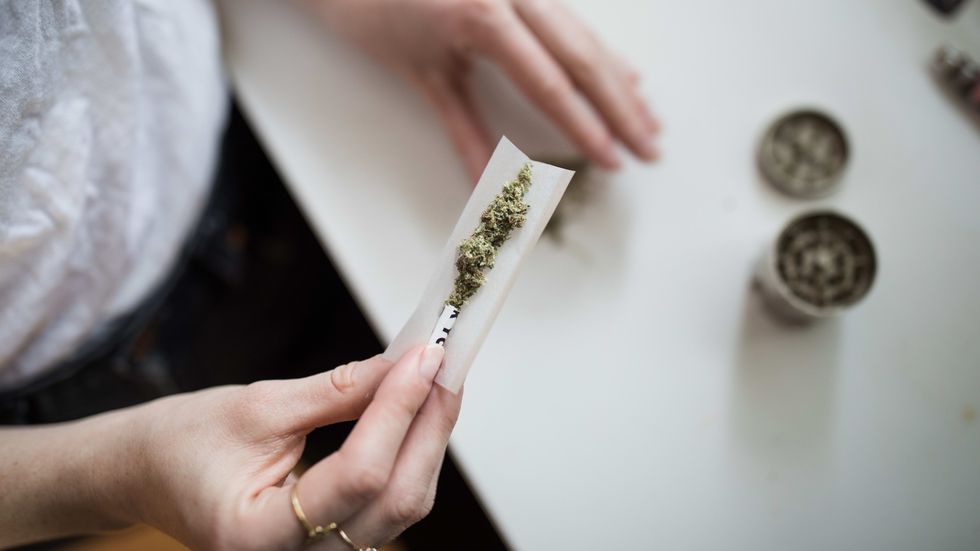 The Best Weed Smoking Games to Try
The Best Weed Smoking Games to Try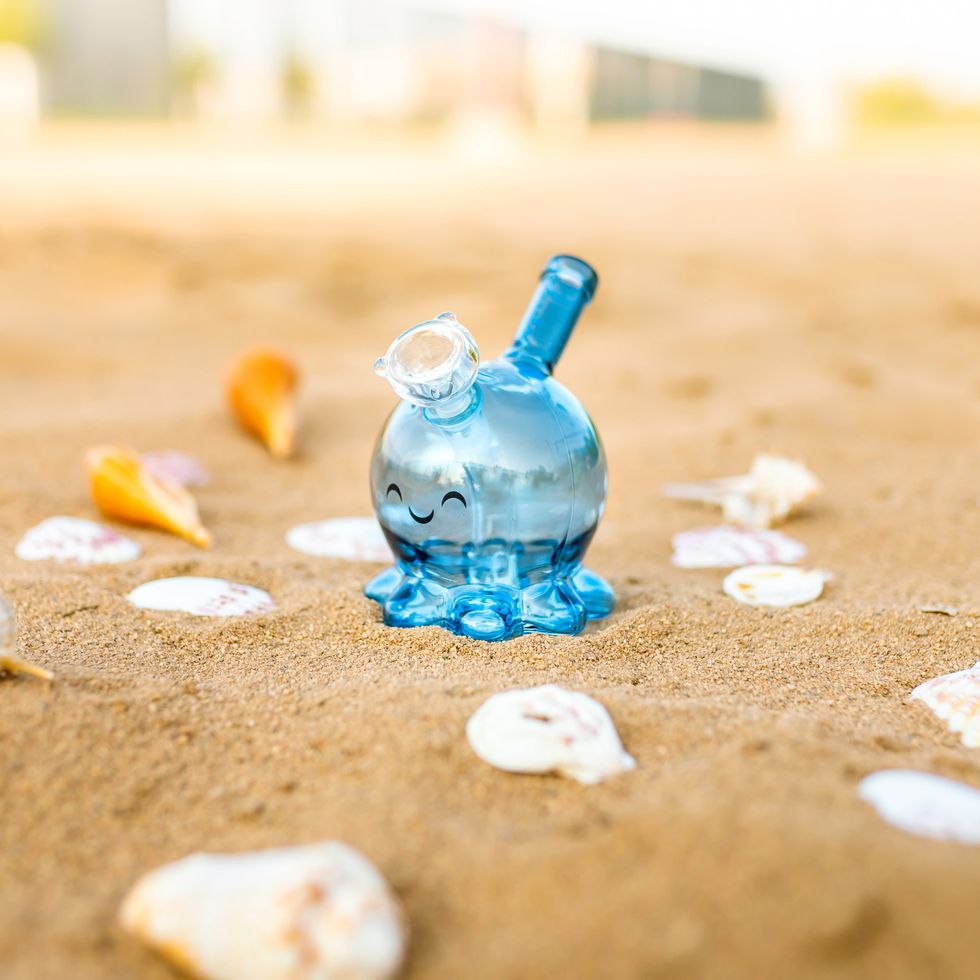
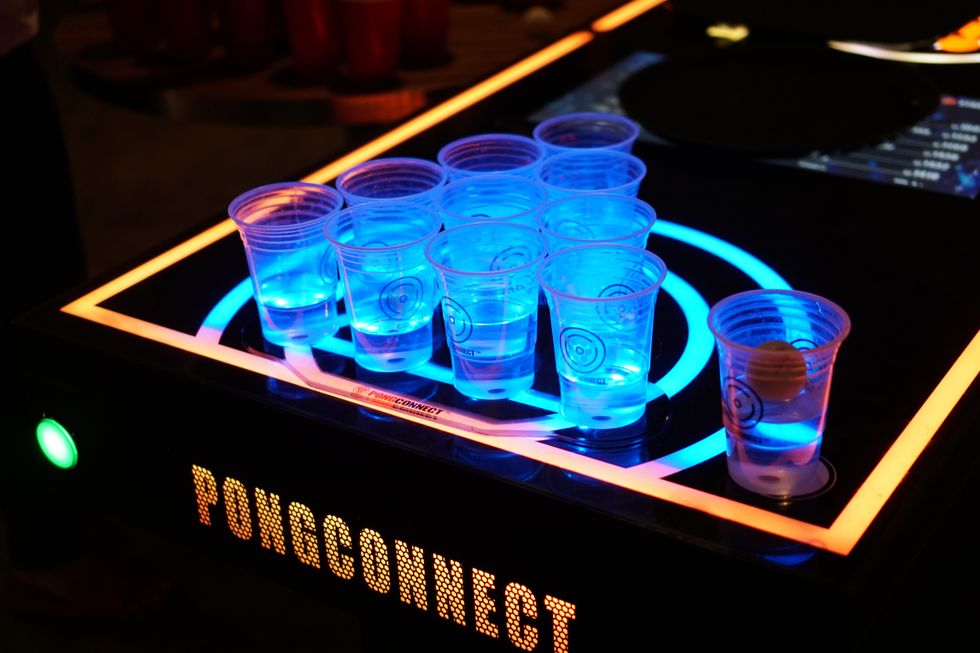 The Best Weed Smoking Games to Play
The Best Weed Smoking Games to Play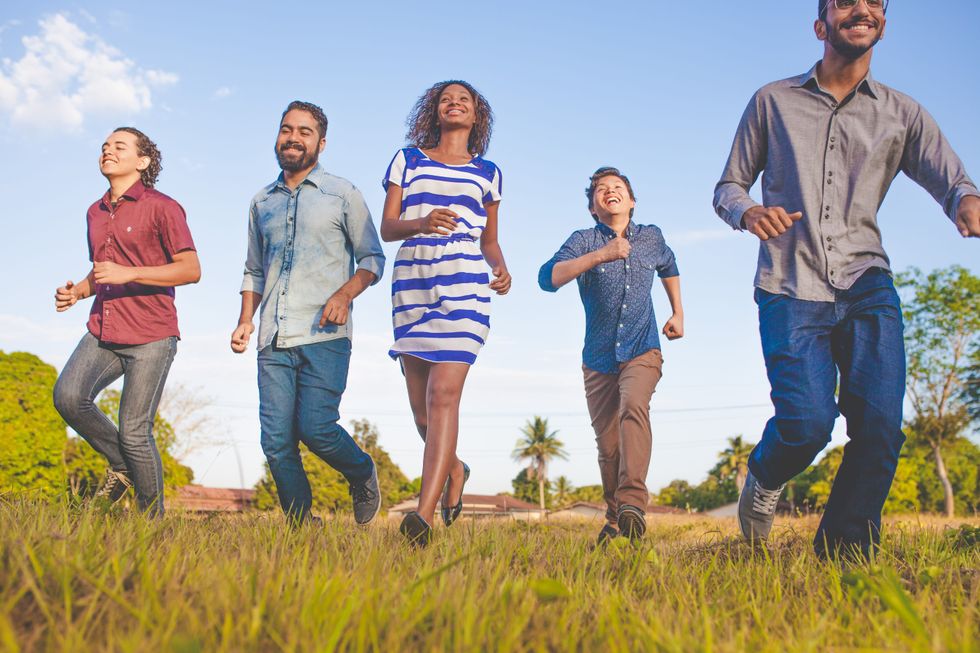 The Best Weed Games to Play
The Best Weed Games to Play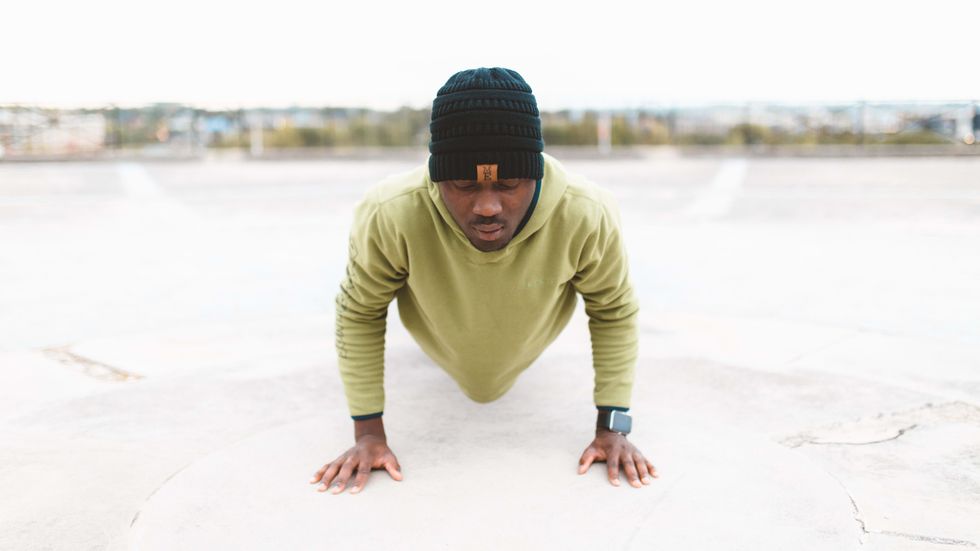 The Best Weed Smoking Games to Try
The Best Weed Smoking Games to Try The Best Weed Smoking Games to Play
The Best Weed Smoking Games to Play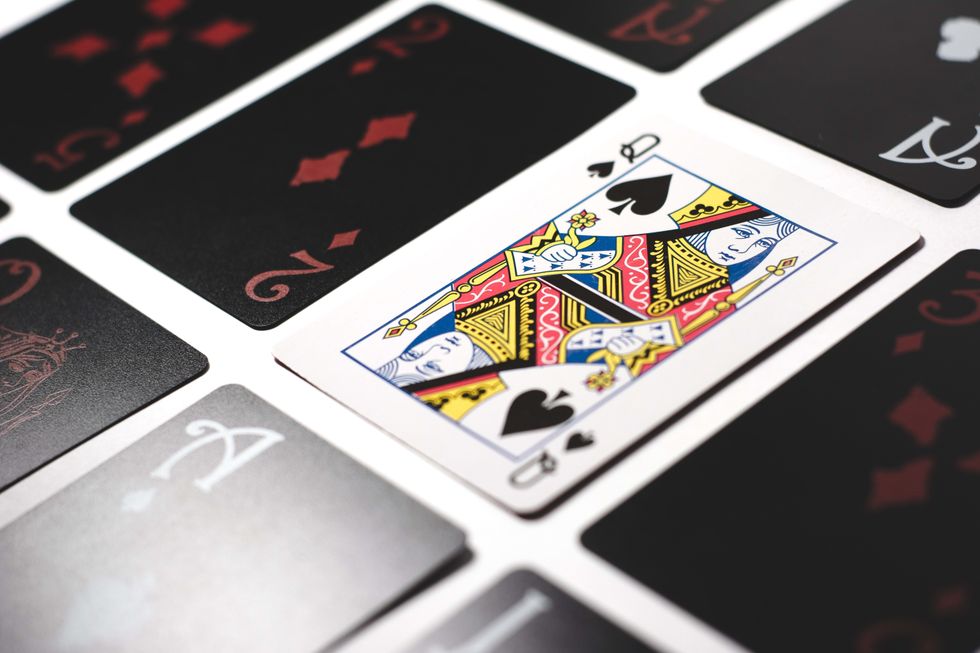 The Best Weed Smoking Games to Try
The Best Weed Smoking Games to Try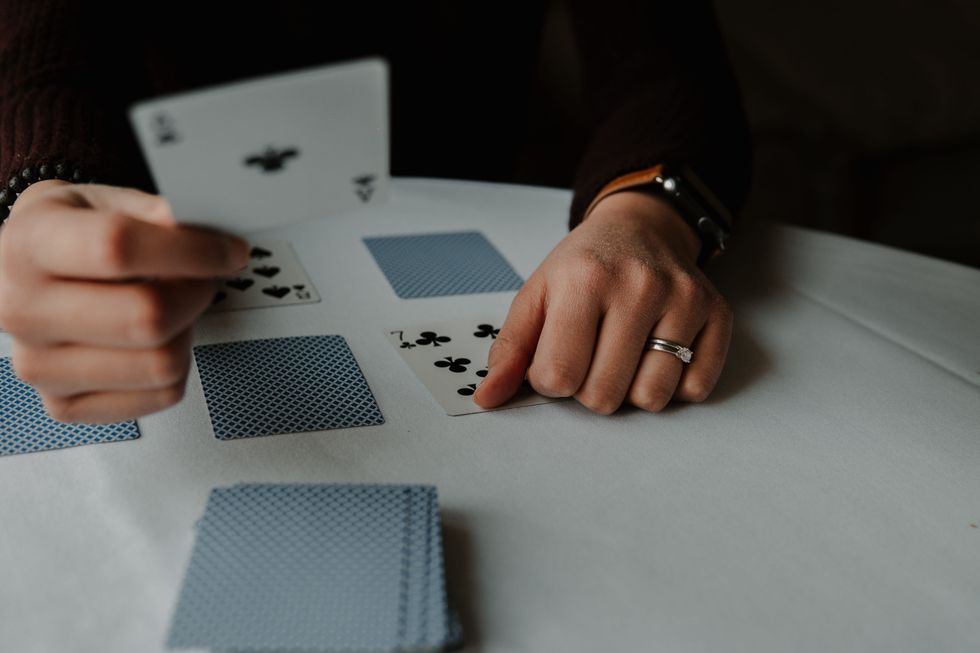 Games for Stoners
Games for Stoners 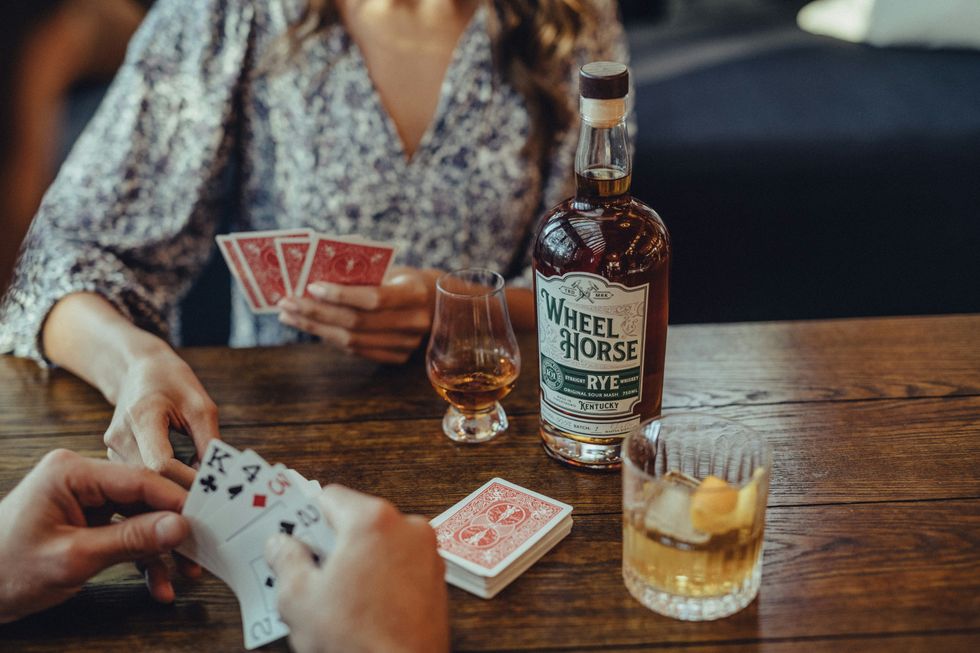 woman in white and blue floral shirt sitting beside woman in white and black floral shirtPhoto by
woman in white and blue floral shirt sitting beside woman in white and black floral shirtPhoto by 
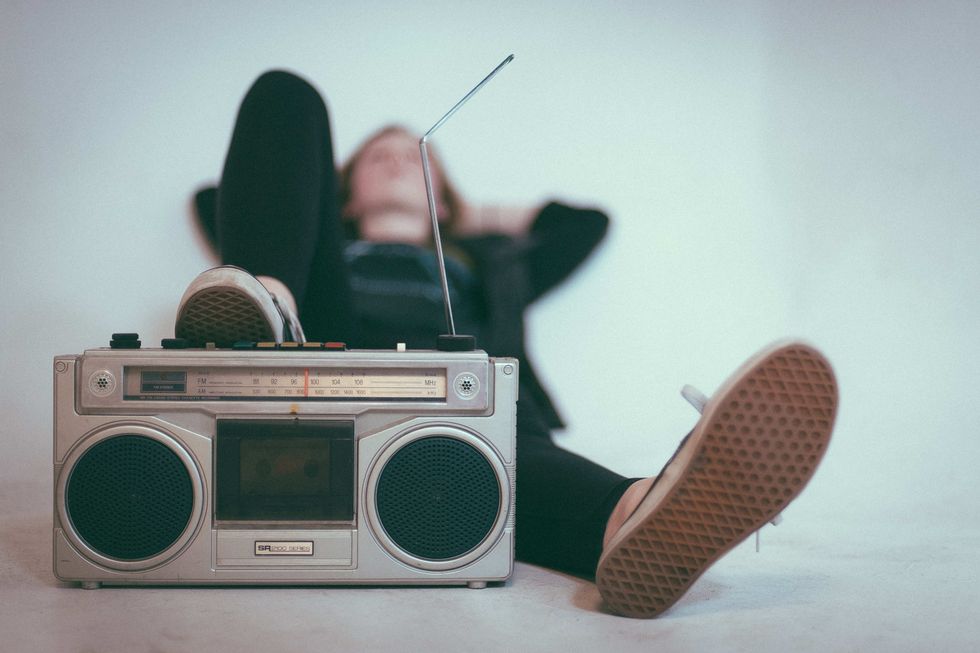 The Best Weed Smoking Games to Play
The Best Weed Smoking Games to Play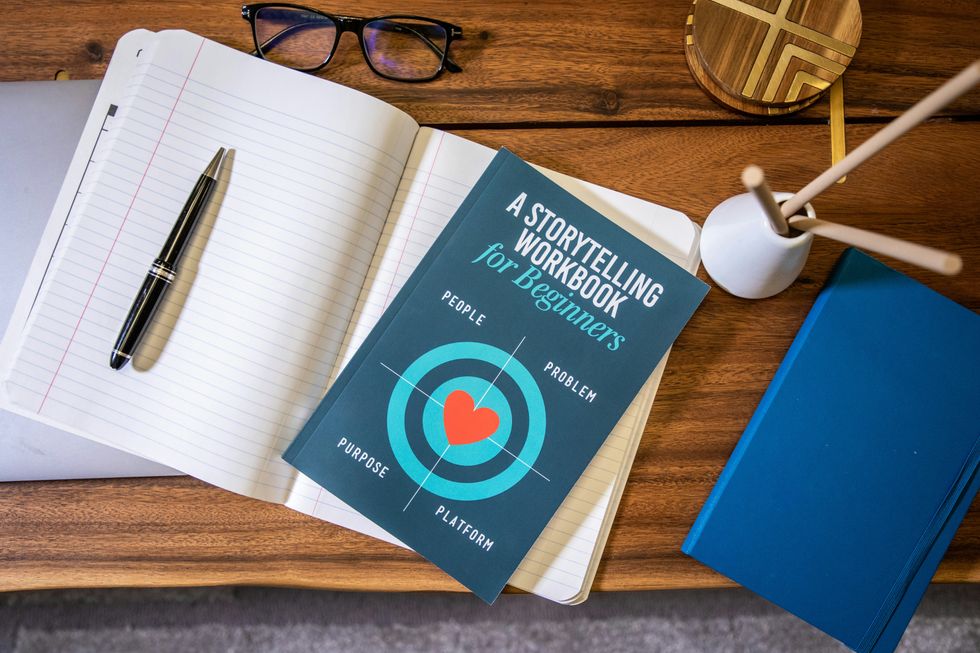
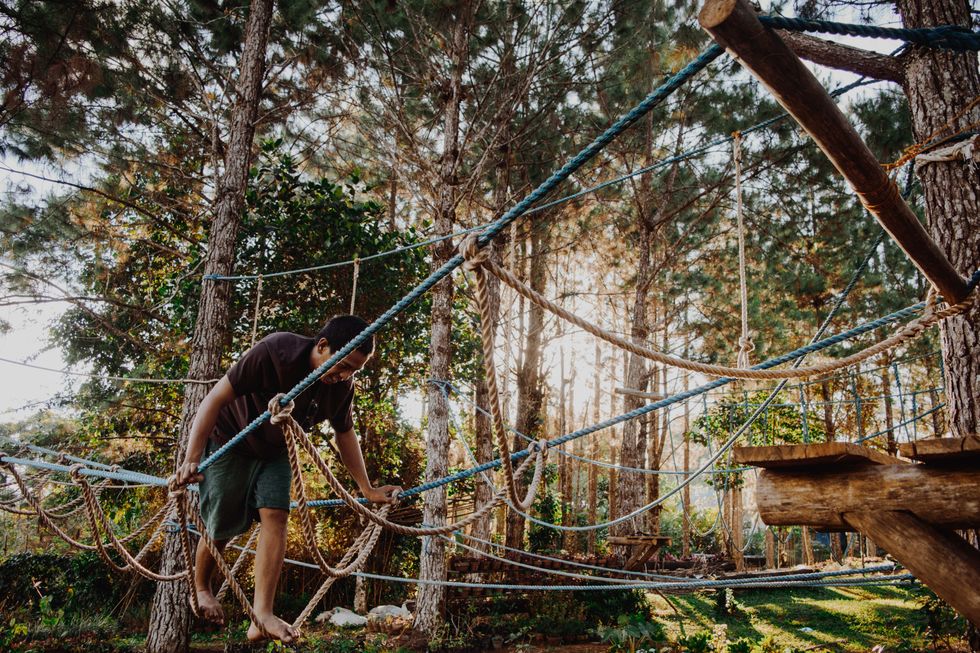 The Best Weed Smoking Games to Try
The Best Weed Smoking Games to Try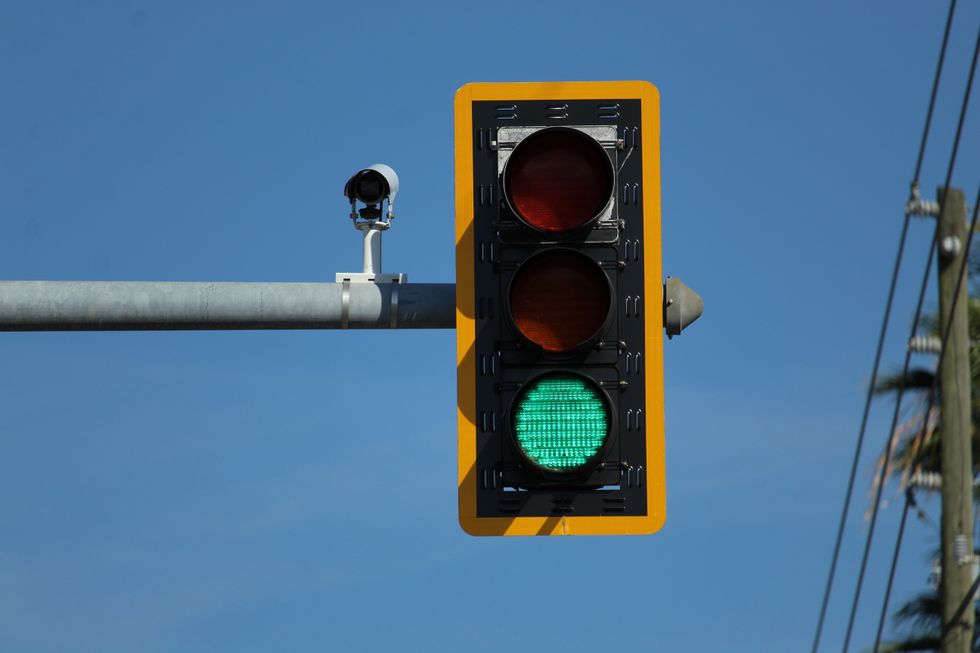 The Best Weed Smoking Games to Try
The Best Weed Smoking Games to Try world map with pinsPhoto by
world map with pinsPhoto by 
 The Best Weed Smoking Games to Try
The Best Weed Smoking Games to Try
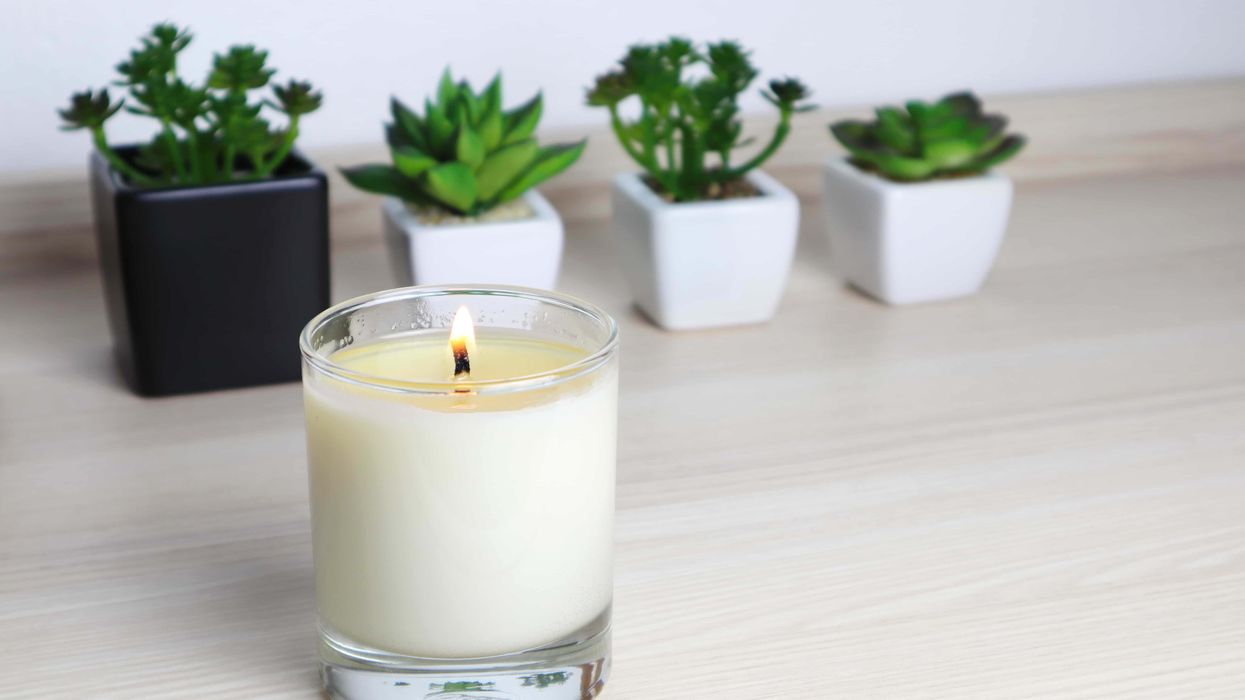
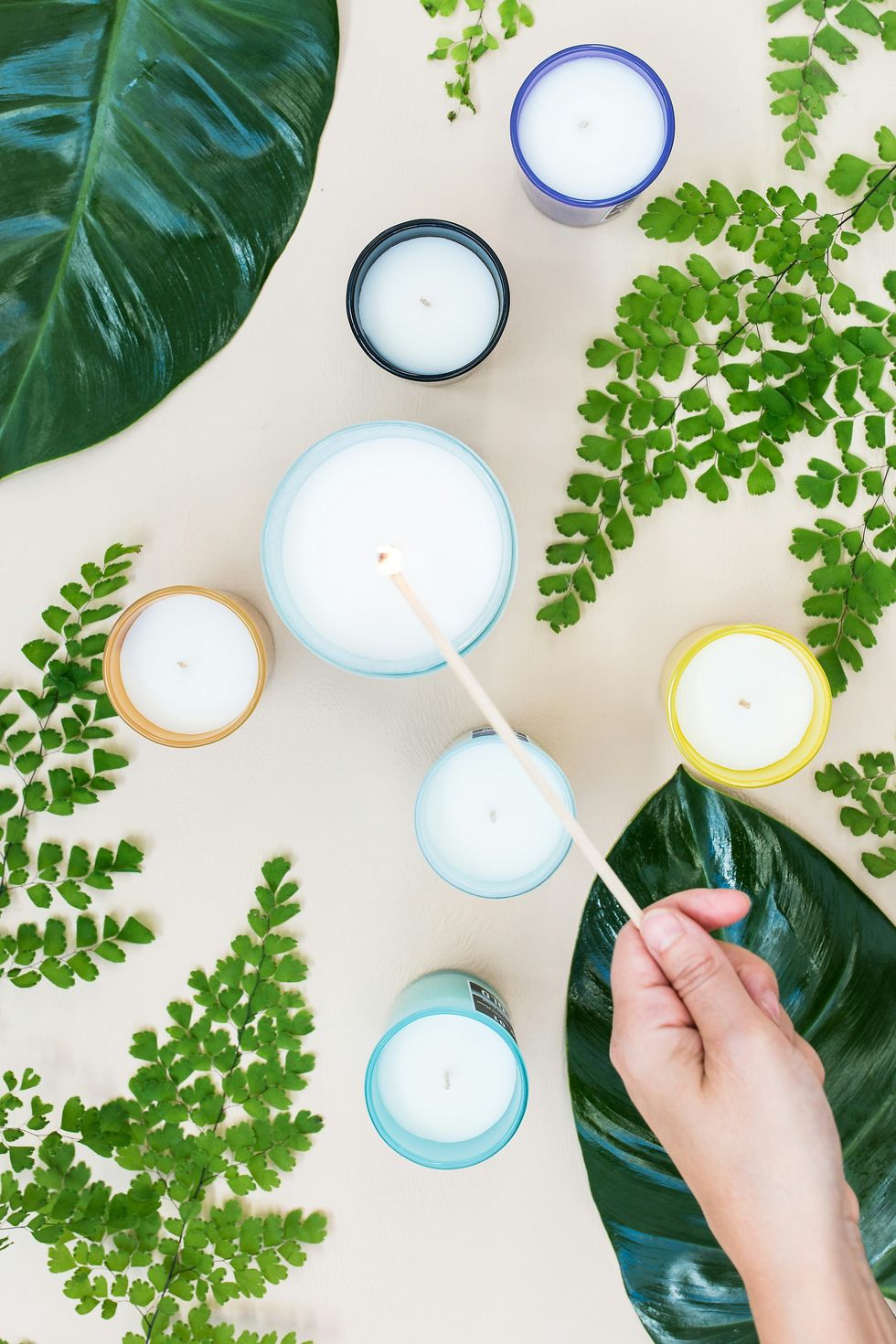 The Truth About THC Candle: Cannabis Candles & How to Make Your Own - The Bluntness
Photo by
The Truth About THC Candle: Cannabis Candles & How to Make Your Own - The Bluntness
Photo by 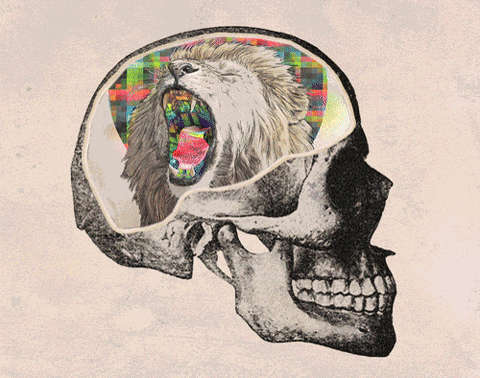
 Cannabis and Aging: A Groundbreaking Study Challenges Long-Held Beliefs
Photo by
Cannabis and Aging: A Groundbreaking Study Challenges Long-Held Beliefs
Photo by 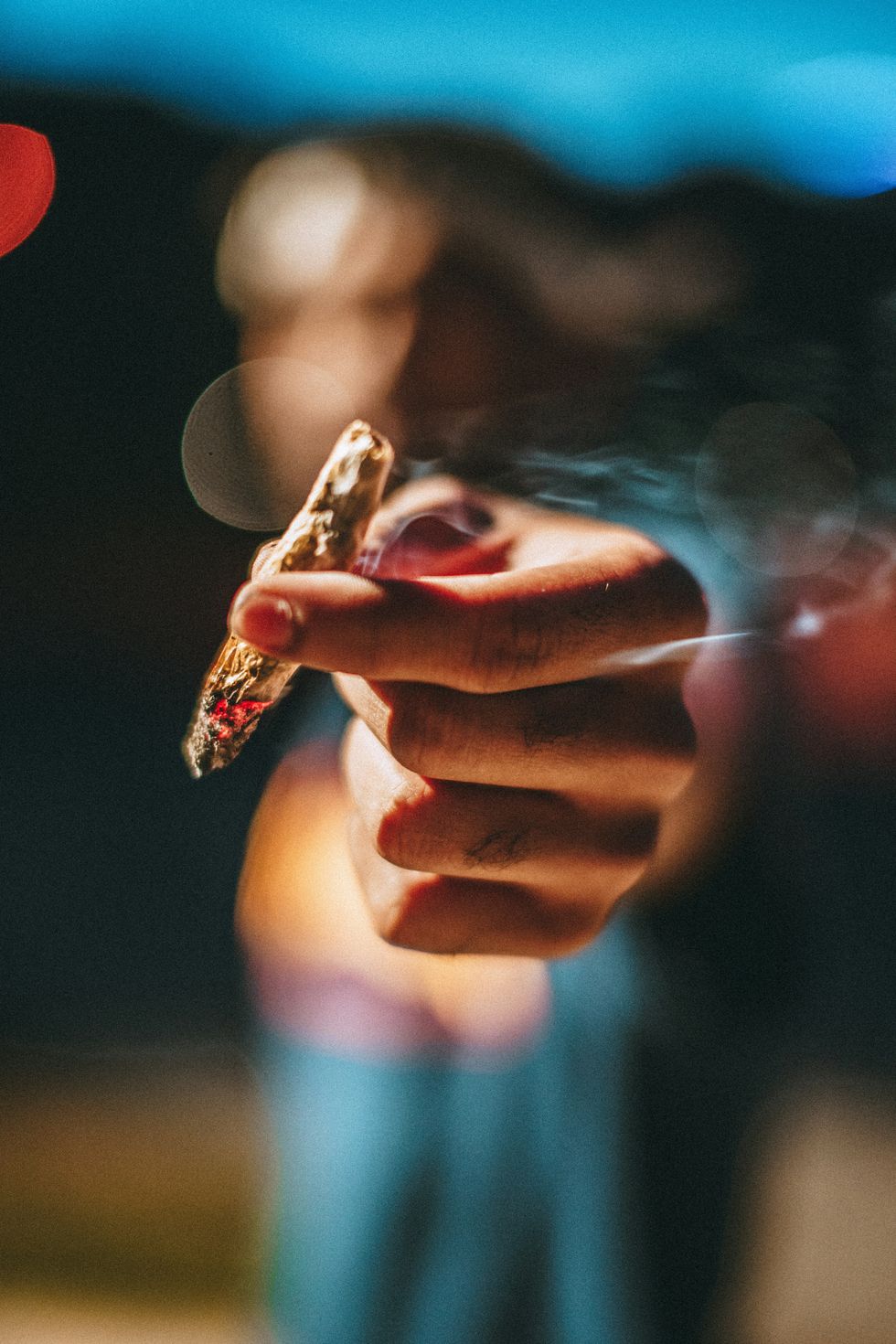 Cannabis and Aging: A Groundbreaking Study Challenges Long-Held Beliefs
Photo by
Cannabis and Aging: A Groundbreaking Study Challenges Long-Held Beliefs
Photo by